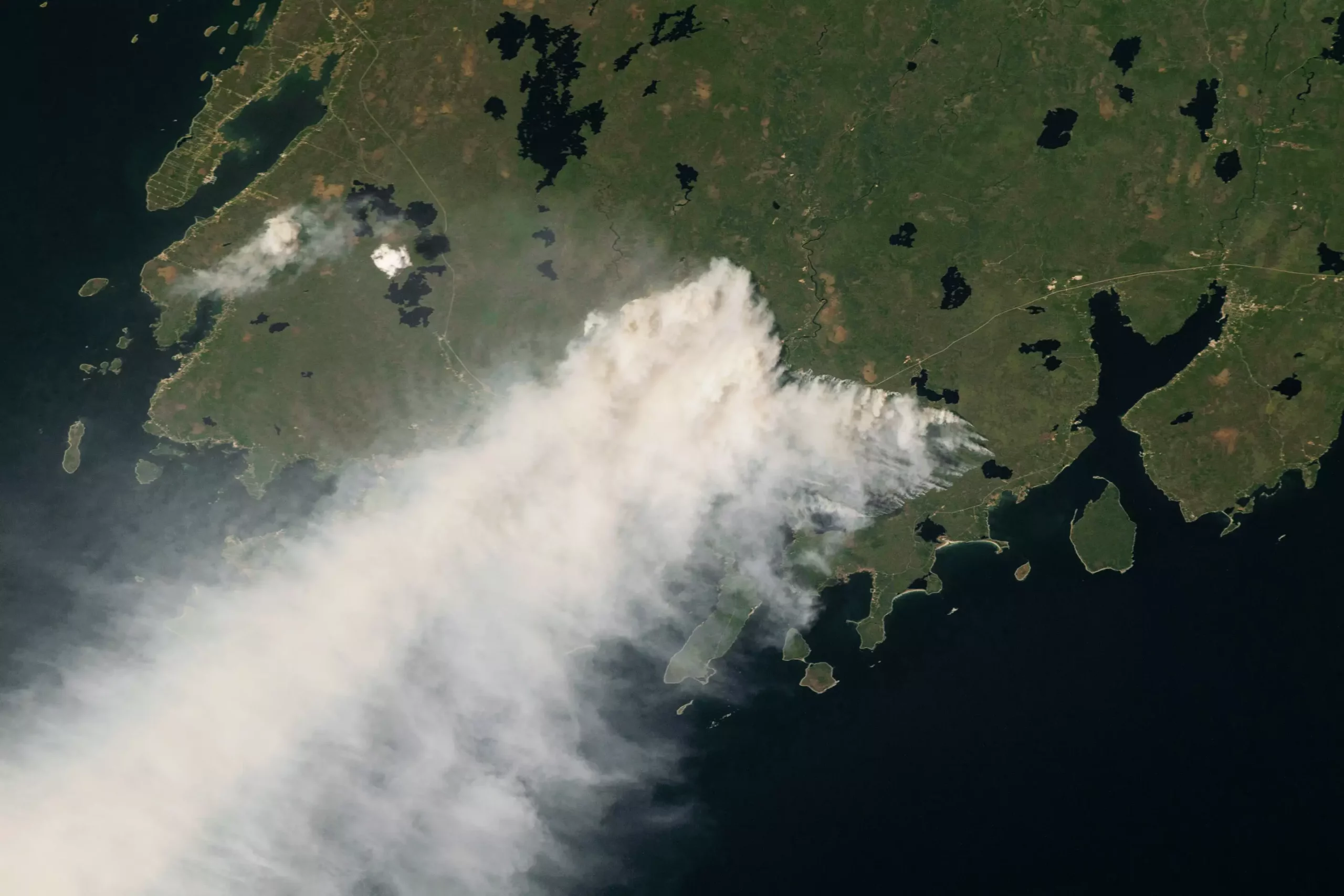In 2023, Canada experienced the warmest and driest conditions in decades, leading to extreme forest fires that released about 640 million metric tons of carbon. This amount is comparable to the annual fossil fuel emissions of a large industrialized nation. The fires, which burned an area roughly the size of North Dakota from May to September 2023, had a significant impact on the environment and ecosystems. Scientists from NASA’s Jet Propulsion Laboratory in Southern California used satellite observations and advanced computing to quantify the carbon emissions from these fires, highlighting the urgency of addressing the effects of such natural disasters on a global scale.
The carbon emissions from the Canadian forest fires in 2023 exceeded the combined fossil fuel emissions of Russia and Japan in 2022. This is a troubling statistic, indicating the scale of the environmental impact of these fires. While both wildfires and fossil fuel combustion emit carbon dioxide (CO2) that contributes to immediate warming, there is a crucial distinction to be made. The carbon emitted from wildfires can be reabsorbed by Earth’s ecosystems as the forest regrows, whereas CO2 from fossil fuel burning is not easily offset by natural processes. This underscores the importance of addressing the root causes of climate change and preventing the escalation of such disasters in the future.
Using the TROPOspheric Monitoring Instrument (TROPOMI) aboard the Sentinel 5P satellite, scientists were able to observe the fire plumes over Canada and measure the amount of carbon monoxide (CO) in the atmosphere during the fire season. By analyzing the data and estimating the ratio between CO and CO2 in the fire plumes, researchers were able to determine the unprecedented scale of carbon emissions from the fires. The findings shed light on the need for continued monitoring and research to understand and mitigate the impacts of such natural disasters on the environment.
Factors Contributing to Intense Fire Season
Several factors contributed to the intensity of the fire season in Canada in 2023, including extended drought, past fire management strategies, invasive species, and urban expansion into previously undeveloped areas. Climate data revealed that Canada experienced its warmest and driest fire season since at least 1980, with temperatures in the northwest part of the country exceeding average levels by more than 4.5 degrees Fahrenheit. The lack of precipitation exacerbated the conditions, leading to widespread and destructive fires across the country.
Future Implications and Climate Impact
As climate models project that the temperatures experienced in 2023 could become the norm by the 2050s, there is growing concern about the future impact of such extreme fire seasons on global climate. Canada’s vast forests serve as important carbon sinks, absorbing more CO2 than they release into the atmosphere. However, the increasing frequency and severity of wildfires could offset this carbon uptake, potentially diminishing the forests’ ability to mitigate climate warming. It is crucial to address the underlying causes of these wildfires and take proactive measures to protect the environment and ecosystems from further damage.
The unprecedented forest fires in Canada in 2023 highlighted the urgent need for global action to address climate change and its implications for natural disasters. By understanding the factors contributing to such extreme events and investing in mitigation and adaptation strategies, we can work towards a more sustainable and resilient future for our planet.

